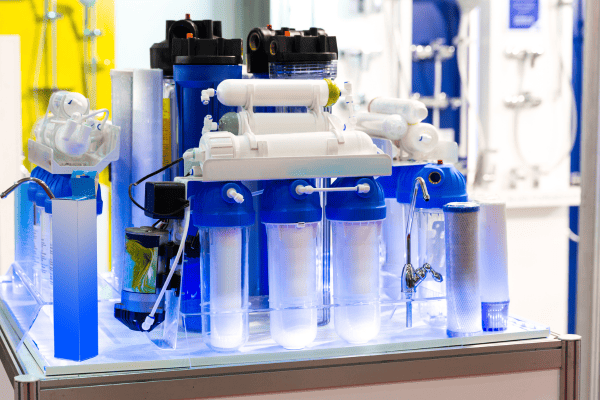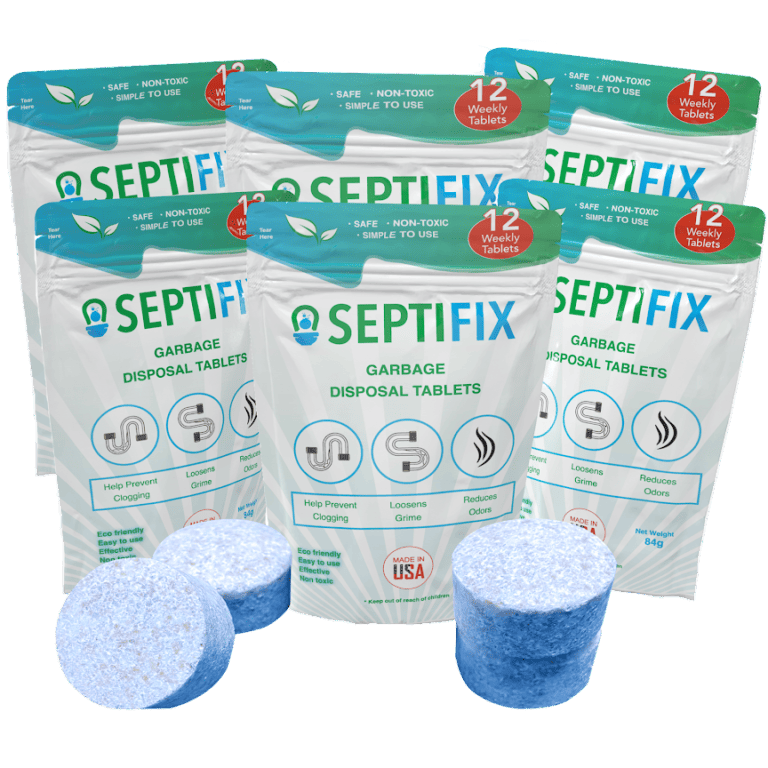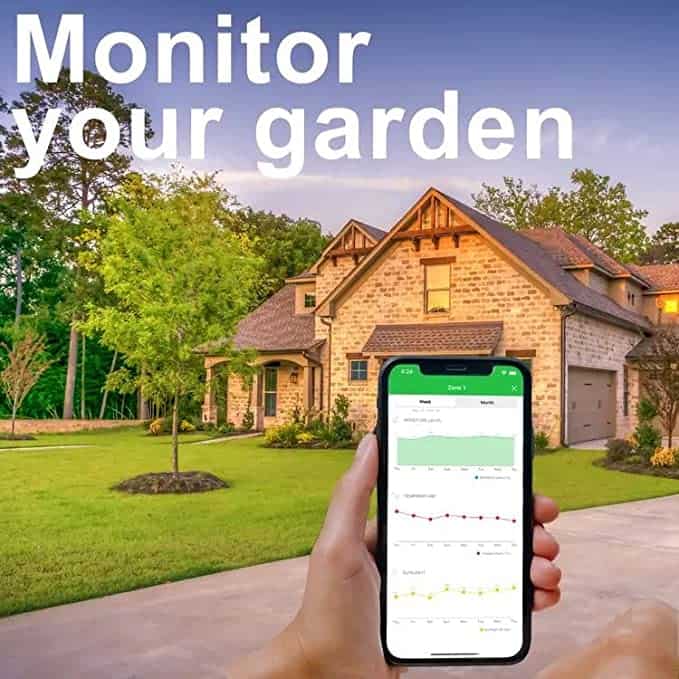21 Essential Steps to Energy Conservation in Your Home
Energy Conservation
Hey there, have you ever wondered about the energy constantly working in your home? Today, we’re diving into home energy conservation, a topic that’s good for our planet and our wallets. Energy is a fundamental part of our daily lives, from the electricity powering your devices to the gas fueling your heating system.

Understanding Energy Consumption
Let’s begin by picturing what energy consumption in the home looks like. Each time we flip a switch, turn on a device, or adjust the thermostat, we’re consuming energy. Over time, this energy usage adds up, significantly impacting the environment and our energy bills. If you’re like me and care about reducing your carbon footprint and saving some money, then it’s time to explore energy conservation in the home.
The Pillars of Home Energy Conservation
We can conserve energy at home in three ways: utilizing energy-efficient appliances, developing energy-saving habits, and making thoughtful home modifications.
Energy-Efficient Appliances
You’ve probably seen appliances with the ‘energy-efficient’ tag at your local store. These are devices designed to perform their tasks using less energy than their conventional counterparts. Think LED lights, energy star refrigerators, and even high-efficiency washing machines. Investing in these appliances may cost a bit more upfront, but the long-term savings on your energy bill can be substantial.
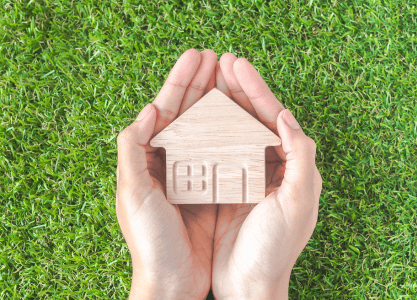
Energy-Saving Habits and Practices
We can also save energy through our daily habits. Unplugging devices when not in use, using natural light instead of electricity during the day, or taking shorter showers are just a few examples. Adopting these practices may seem small, but small steps lead to significant changes!
Home Modifications for Energy Conservation

Lastly, let’s talk about home modifications. Sound insulation, energy-efficient lighting, and installing renewable energy systems like solar panels can lead to significant energy savings. Remember, a well-insulated home keeps you warm in winter and cool in summer without overworking your heating or cooling systems.
Monitoring and Managing Your Home Energy Use
Monitoring your energy use is crucial in managing your consumption. Tools like smart thermostats and energy monitors provide insights into your usage patterns, helping you identify areas where you can save.
The Economic and Environmental Benefits of Energy Conservation
The importance of conserving energy at home energy conservation are twofold. Economically, you’re looking at cost savings on your energy bills. Environmentally, you’re reducing your carbon footprint, contributing to a healthier, more sustainable planet. Now, that’s what I call a win-win situation!

5 ways to conserve energy
- Energy-efficient appliances: Investing in energy-efficient appliances can greatly affect your home’s energy usage. Look for products with the Energy Star label designed to use less electricity and water. This includes refrigerators, washing machines, dishwashers, and light bulbs.
- Insulation and Weatherproofing: Proper insulation can prevent heat from escaping during winter and entering during summer. Seal drafts around windows and doors to prevent air leaks. Weatherstripping, caulking, and thermal curtains can all help keep your home at a more consistent temperature, reducing the need for heating and cooling.
- Smart Thermostats: A smart thermostat can learn your schedule and preferences, adjusting your home’s temperature when you’re away or asleep. These devices can significantly reduce energy consumption by avoiding unnecessary heating or cooling.
- Unplug Electronics: Many electronics and appliances use energy even when turned off, often called ‘phantom’ or ‘standby’ energy. Unplug these devices when not in use, or use a power strip with a switch to make disconnecting multiple items easier.
- Efficient Use of Appliances: Make sure to fully load your dishwasher and washing machine before running them, as they use the same amount of energy regardless of how full they are. In the kitchen, using a microwave or toaster oven for smaller meals can save energy compared to heating a large oven.
By adopting these 5 ways to conserve energy at home, you can significantly reduce your home’s energy consumption, lowering utility bills and contributing to a more sustainable environment.
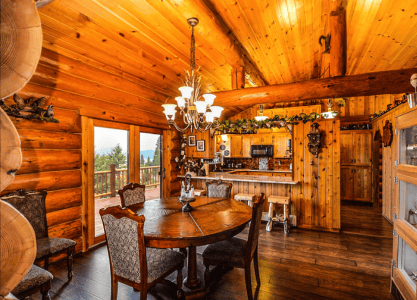
What makes a home energy efficient?
An energy-efficient home is designed and built to minimize energy use while maintaining comfort, health, and safety. It employs several strategies, technologies, and practices. Here are some key features that make a home energy efficient:
- Insulation: Proper insulation in walls, ceilings, and floors minimizes the heat exchange with the outside environment. This means less heating is needed in winter and less cooling in summer, reducing energy consumption.
- Efficient HVAC System: High-efficiency heating, ventilation, and air conditioning (HVAC) systems use less energy to maintain desired temperatures. Moreover, programmable or smart thermostats help optimize HVAC usage based on occupancy and lifestyle patterns.
- Energy-efficient Appliances: Appliances with the Energy Star label meet strict efficiency guidelines set by the Environmental Protection Agency. From refrigerators to washing machines and dishwashers, these appliances consume less energy while providing the same functionality as their less-efficient counterparts.
- Window Efficiency: Double-glazed or triple-glazed windows with low-E coatings can significantly reduce heat loss in the winter and heat gain in the summer. This helps regulate the indoor temperature and decreases the burden on the HVAC system.
- Sealing and Weatherproofing: Energy-efficient homes are well-sealed to prevent air leaks. This involves caulking and weatherstripping around doors and windows, sealing outlets, and using draft stoppers.
- Lighting: LED or CFL bulbs consume significantly less energy and last longer than traditional incandescent bulbs. Smart lighting systems can also contribute to efficiency by adjusting light levels based on the time of day or occupancy.
- Water Efficiency: Energy-efficient homes often include water-saving features such as low-flow showerheads, faucets, and efficient dishwashers and washing machines. Water heating can be a significant energy cost, so less hot water can reduce energy use.
- Solar Power: Using solar panels can significantly reduce dependence on grid electricity, further enhancing a home’s energy efficiency.
- Passive Design: This involves using natural light and heat and efficient ventilation to reduce the need for artificial lighting, heating, and cooling.
By integrating these features, an energy-efficient home reduces its carbon footprint and results in substantial cost savings over the long term.
Energy conservation ideas using a thermostat
A thermostat plays a crucial role in managing a home’s energy consumption. Here are some energy conservation ideas that revolve around using a thermostat:
- Programmable Thermostats: These allow you to set specific temperatures for different times of the day. For instance, you can select your home to be more relaxed during the winter when you’re away at work and to warm up right before you come home. This reduces energy usage without sacrificing comfort.
- Smart Thermostats: Smart thermostats take programmable thermostats a step further. They learn from your behaviors, allow you to control your home’s temperature remotely via a smartphone app, and even use local weather data to adjust. Some models can also provide energy consumption reports, helping you understand your usage and make adjustments.
- Proper Placement: Thermostat placement can significantly impact its efficiency. Place your thermostat away from direct sunlight, drafts, doorways, windows, and appliances that give off heat. It should be in a central location where it can accurately measure the average temperature of your home.
- Set and Forget: The U.S. Department of Energy recommends setting your thermostat to 78°F (25°C) during summer and 68°F (20°C) during winter. Once set, resist the urge to adjust the temperature frequently, as this can result in unnecessary energy usage.
- Night-Time Adjustment: When you’re sleeping, your body won’t notice a slight drop in temperature. Try lowering your thermostat by a few degrees in the winter or raising it in the summer during sleep hours for additional energy savings.
- Use a Zoned System: If your home’s HVAC system allows for zoning, you can set different temperatures for different zones of your home. This way, you’re not heating or cooling unused rooms, leading to energy conservation.
- Regular Maintenance: Keep your thermostat and HVAC system well-maintained to ensure they operate at their peak efficiency. This includes regular professional checks and changing the filters as recommended.
By implementing these strategies, you can optimize your thermostat usage for significant energy conservation, cost savings, and environmental benefits.
Conclusion
So, are you ready to leap home energy conservation? It’s not just about the dollars saved or even the comfort of your home. It’s our collective responsibility to protect and preserve the environment for future generations.
Why not start your energy conservation journey today? Consider exploring energy-efficient appliances or look at renewable energy options. You can find more resources and products on Earth Friendly Items.
References
For further reading, check out the U.S. Department of Energy’s guide on energy efficiency or the Energy Star program for energy-efficient appliances.
FAQs
- What are the easiest ways to conserve energy at home?
- Start by turning off and unplugging unused devices, using natural light during the day, and insulating your home correctly.
- Are energy-efficient appliances worth the investment?
- Absolutely! While the upfront cost can be higher, the energy and cost savings over time make them a worthwhile investment.
We’re reader-supported. We may earn an affiliate commission when you buy through links on our site.

